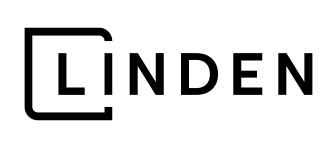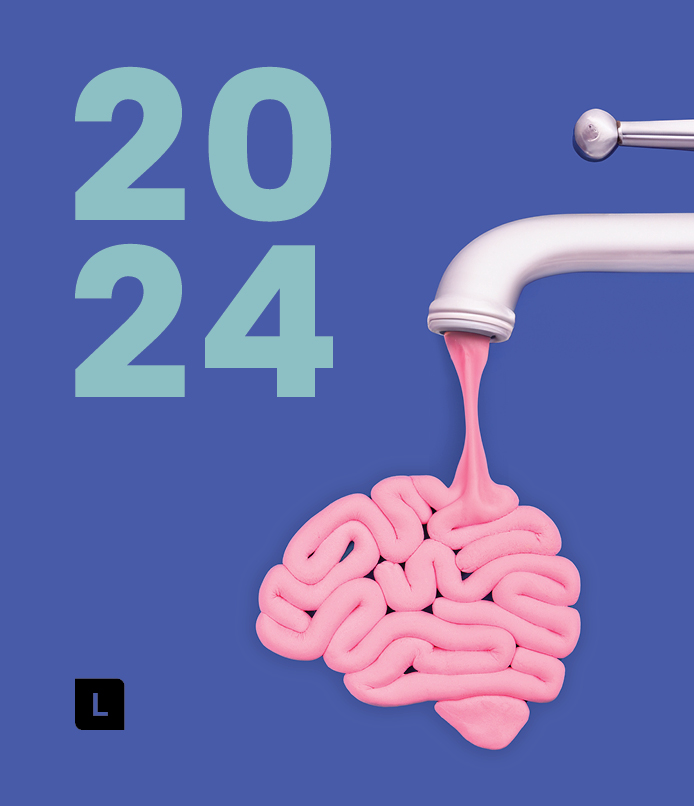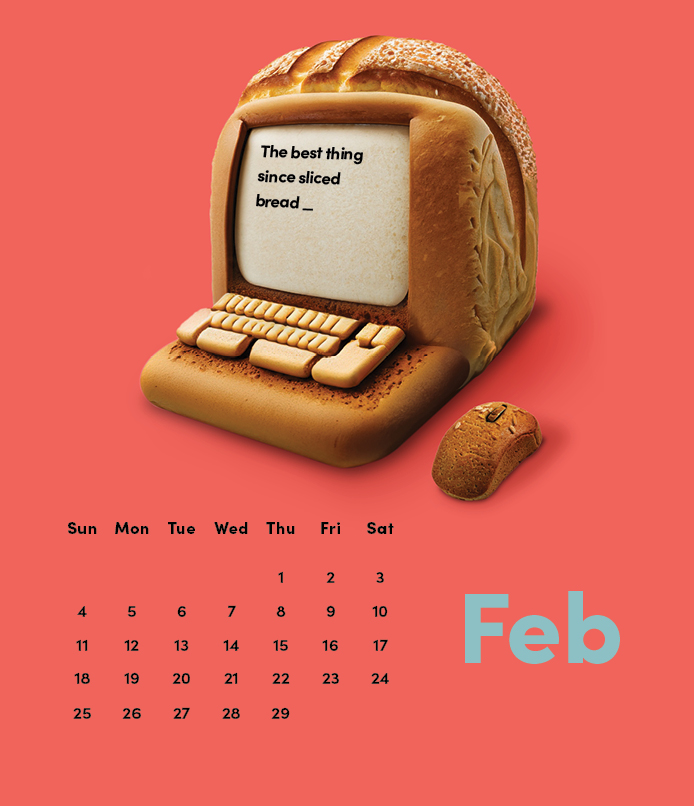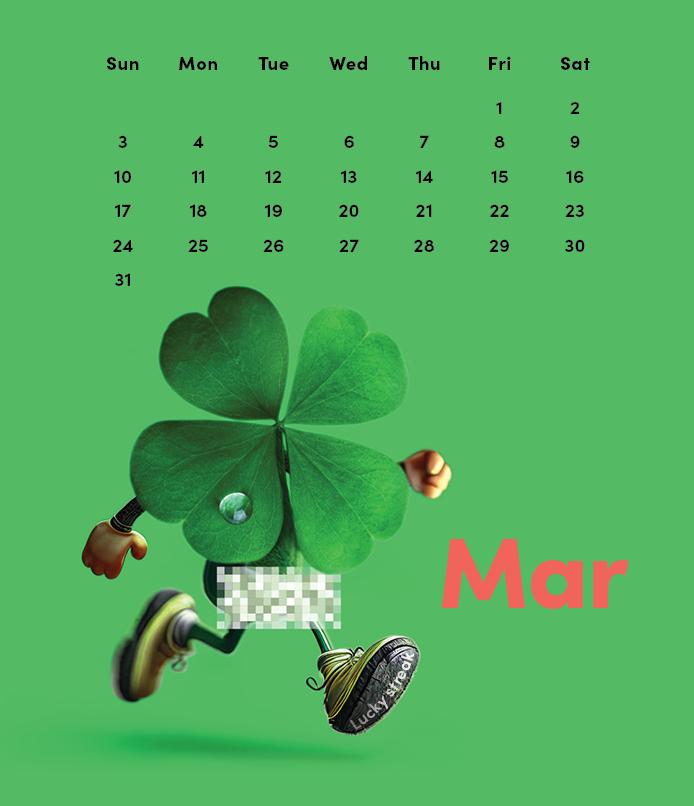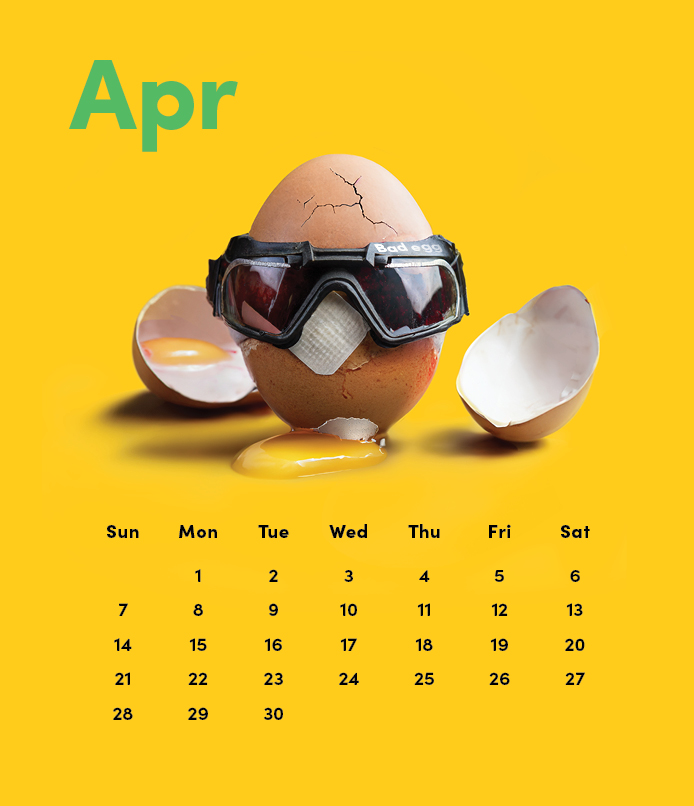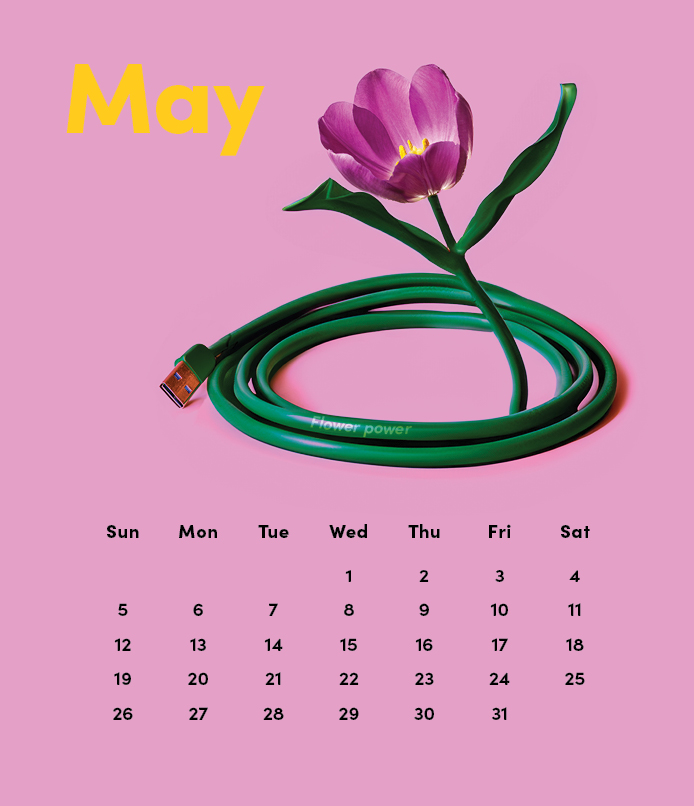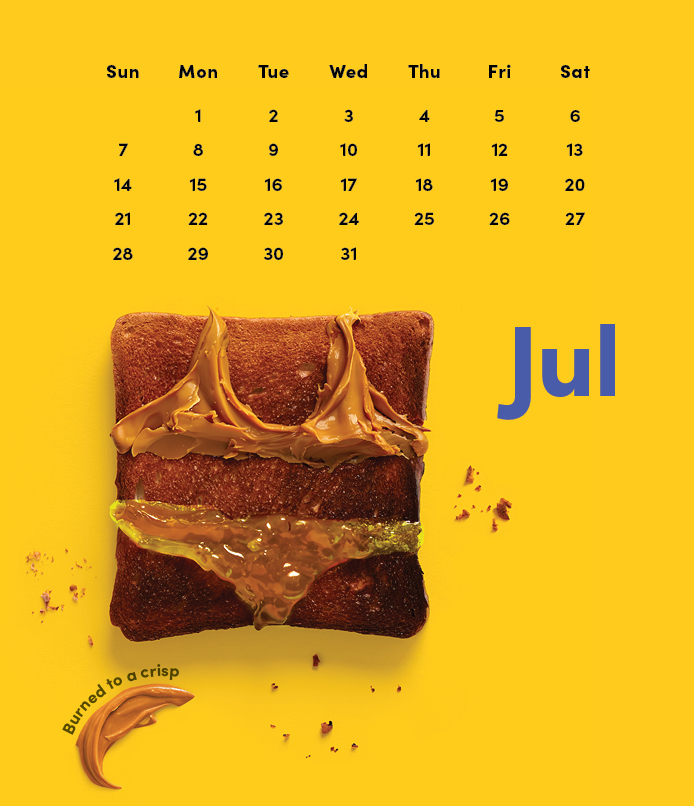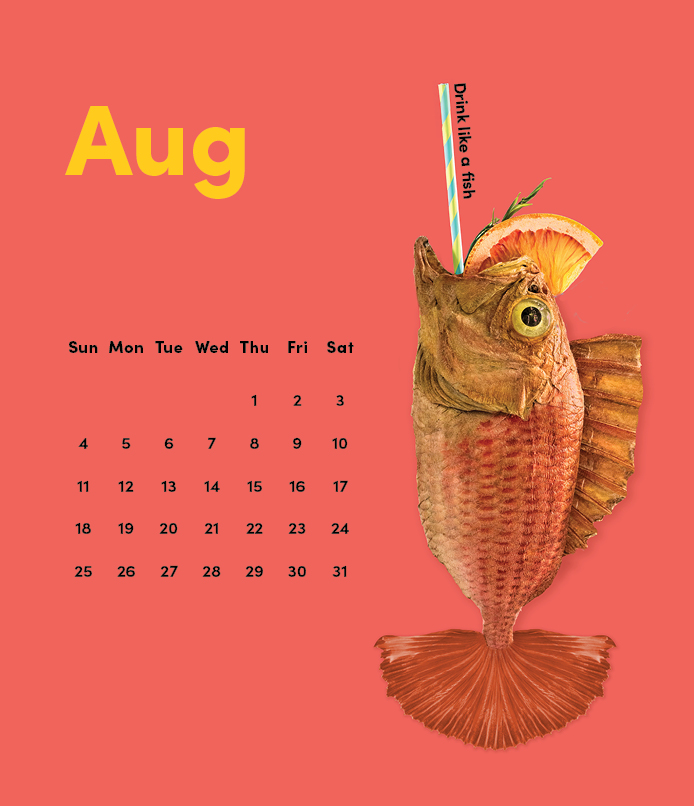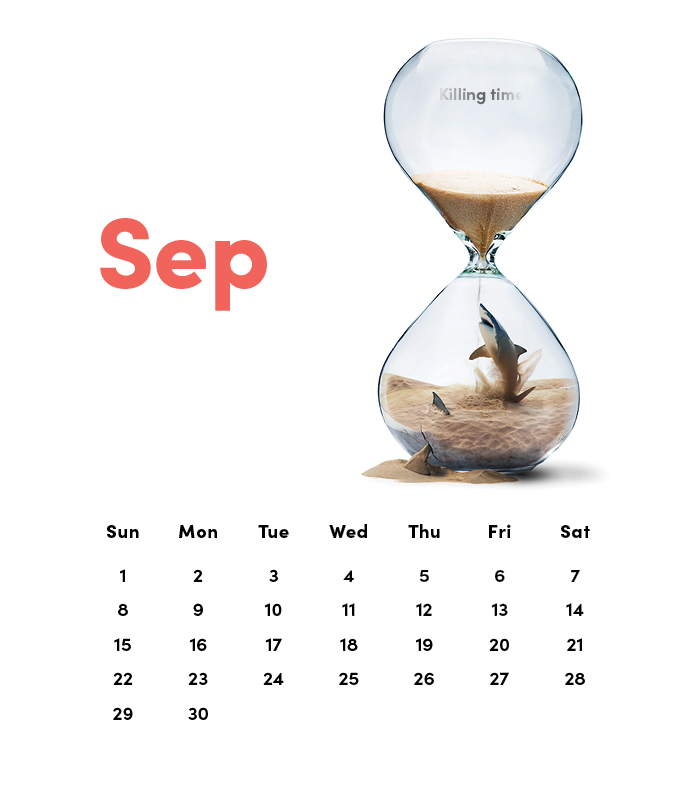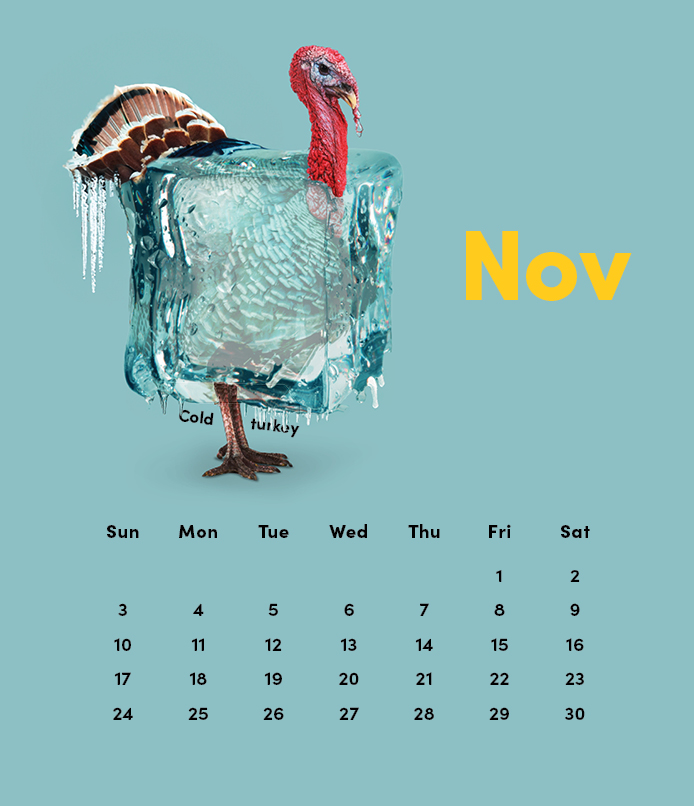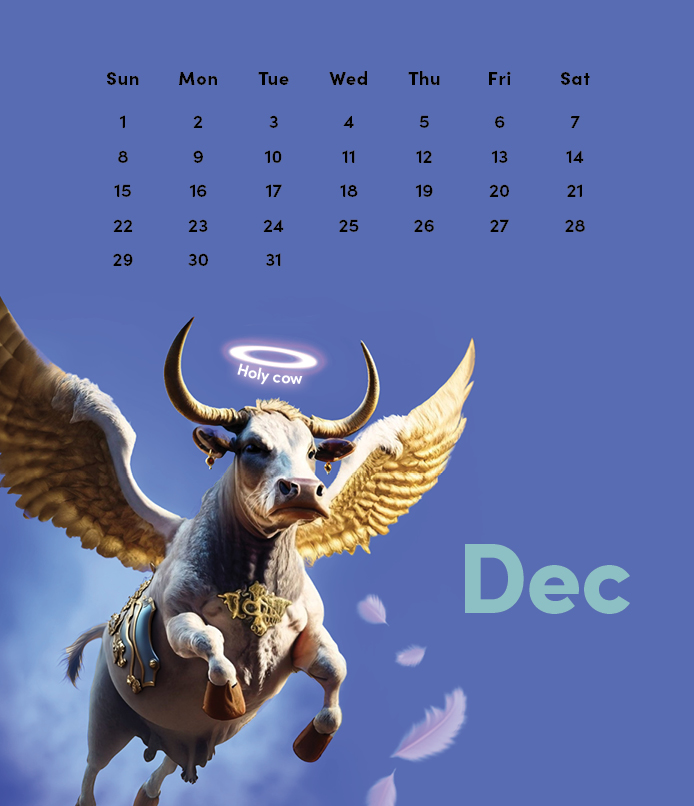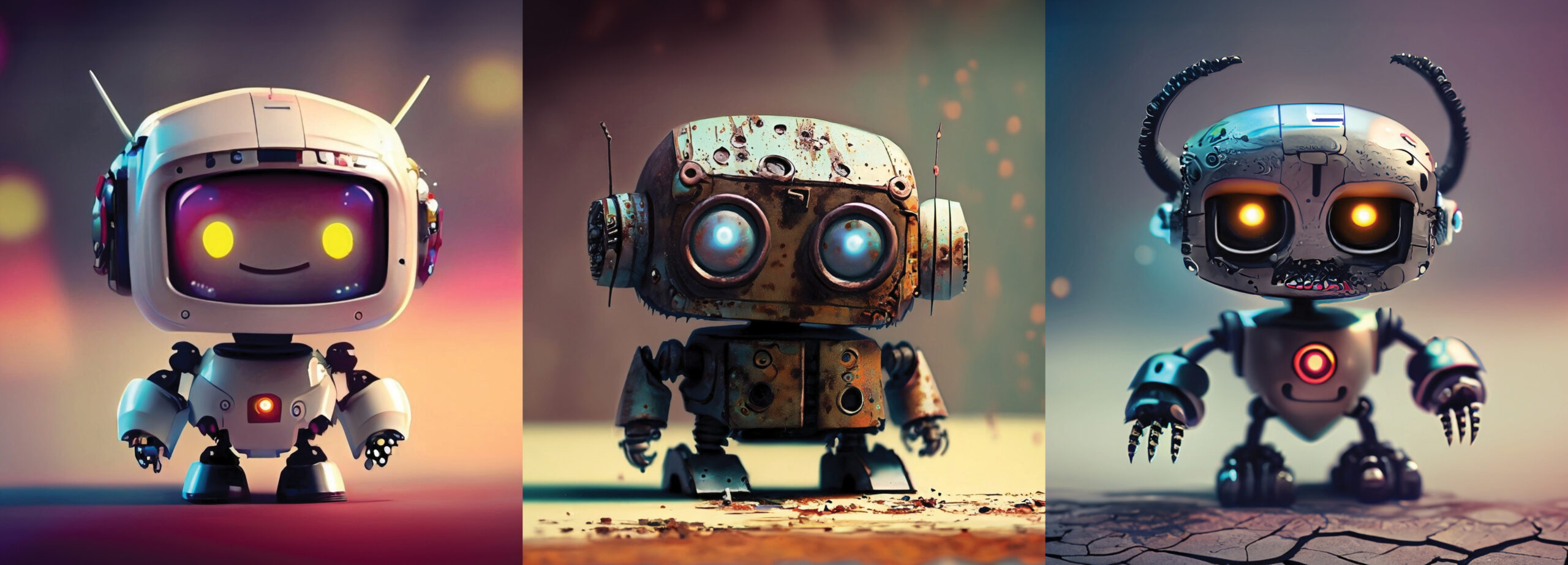
Wow, never in a million years did I think I would be writing something that covered a topic like this. Even in the last two years AI hasn’t been something I’ve thought much about. The use, improvement and implementation of AI has skyrocketed within this last year. And with its growing popularity, creatives have had to start asking themselves, “What does this mean for me?” It’s a looming question that follows creatives around as AI becomes more in depth. It’s a question that is both exciting, and if I’m honest, terrifying as well. So what does this technology mean to us as creatives?
The Good
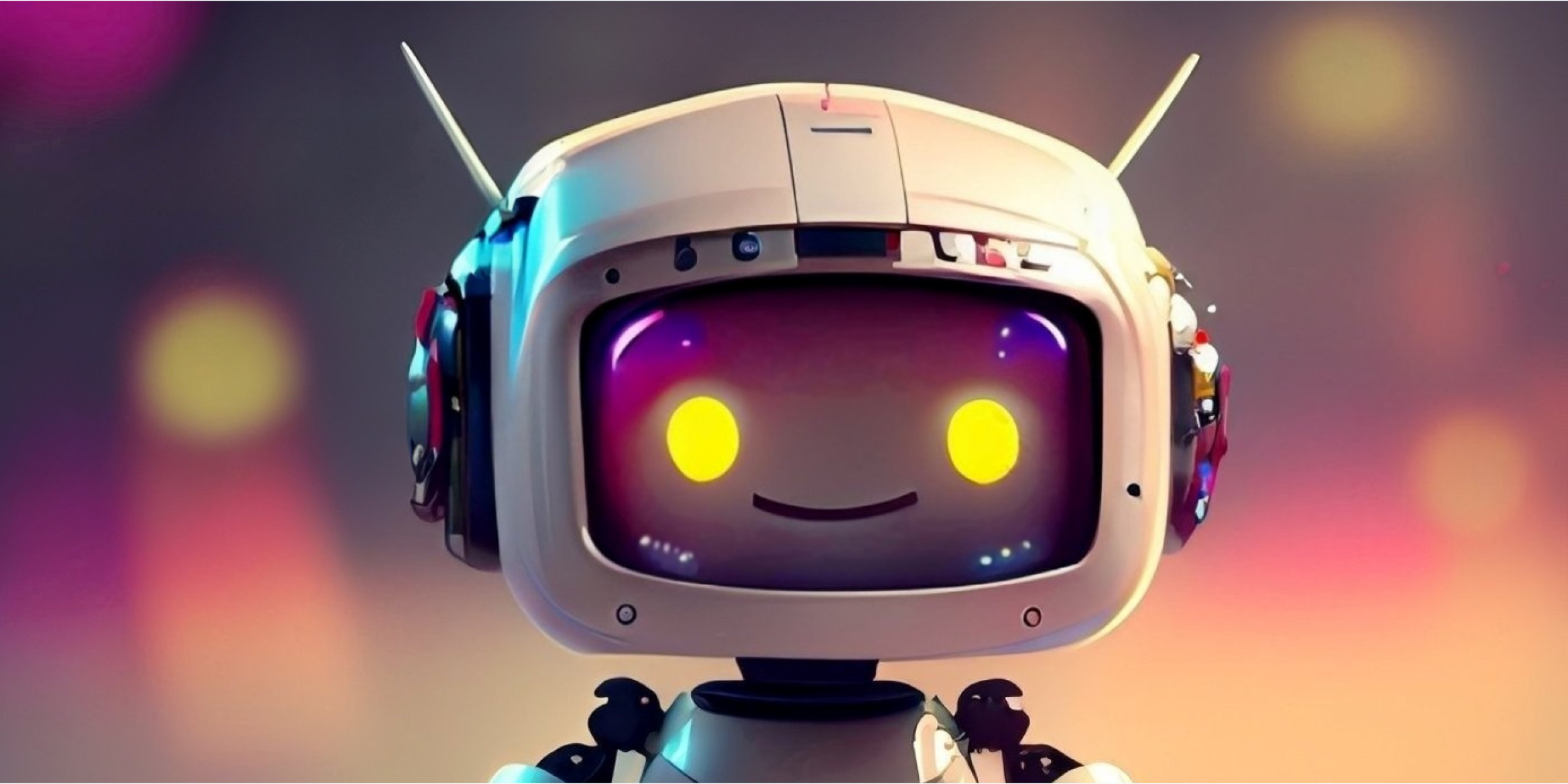
There is no getting around the fact that the capabilities of AI are pretty stinking cool. And groundbreaking. Things that normally would take hours or even days to complete can be done in a matter of minutes, sometimes even seconds. Creative blocks can be solved with the simple click of a button. Ideas that used to take a professional to execute can now be developed by a layman. And its abilities are growing by the second.
AI can speed up the design process by an incredible amount. Generative fill within Adobe Photoshop has revolutionized my own processes. Designers used to complain that clients would act as if manipulating a photo in Photoshop simply took a, “That was easy” button. We could press it and Photoshop magically fixed and changed things. Well, now there really is a, “That was easy” button. If I want to remove someone from a picture, for example, I’ll simply draw around them and click. Want to expand an image? Click. Clean up images? Click. Seamlessly add my Grandma sipping on a cup of tea into a photo of space? Easy. And all of these clicks give me three options as well! The really crazy part is that this is only one AI tool!
Linden 2024 Calendar
There are tools such as Dalle, ChatGPT, Midjourney, and Adobe Firefly that give you the ability to dream up wild illustrations and pictures so you can create images you probably never had the skillset to create on your own. I can ask AI to create a moodboard and a social media strategy for my client. Or if you are in a creative slump, you can use these tools as a starting point to jumpstart your creative process. One example of this is from the Linden calendar we created for 2024. For many of these images, I used Adobe Firefly as a starting point for where I wanted the final image to go.
Google Gemini is Google’s response to ChatGPT. Tools such as Animate Anyone allow the user to take a still image and make the subject in the image dance! You can ridiculously upscale images to make unusable images usable.
MidJourney allows you to fully switch faces and voices, and so much more. HeyGen and Elevenlabs allow you to create a completely fake video of yourself talking in 30 different languages. Runway can take a static image and turn it into a moving video. I could go on and on with all of the crazy AI tools that are available to us as creatives. Some of these tools might still require a professional touch, but there are also numerous non-professional platforms that are integrating AI capabilities into their softwares as well, such as Canva, Divi and even Microsoft, which is integrating Chat GPT into Microsoft office programs. Using all of these tools, you can easily create social graphics, illustrations, videos, photos, mockups, content plans, and a lot more.
Because of all these uses and capabilities, I think it’s safe to say that AI is here to stay.
The Bad
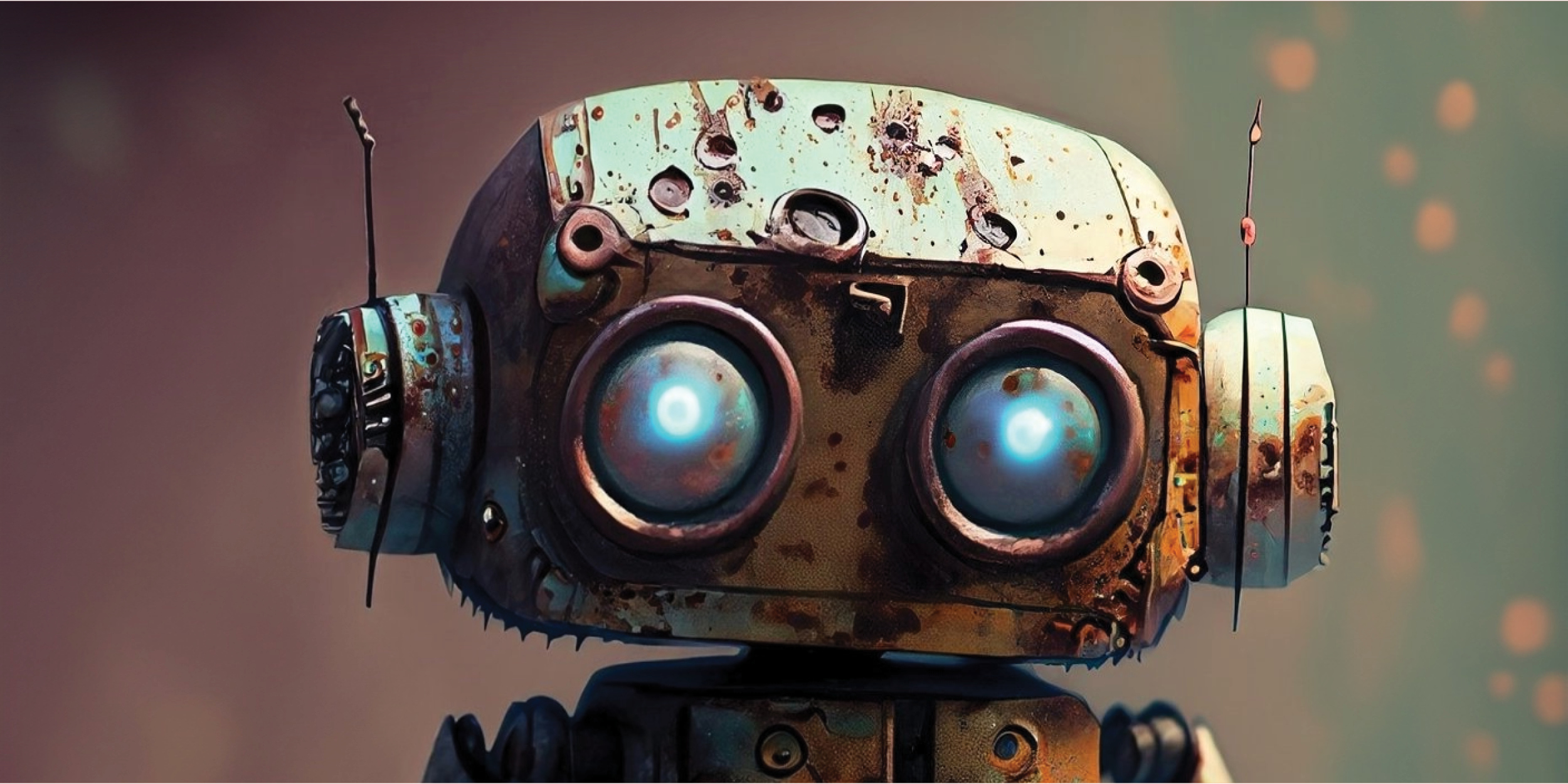
While all of these innovations are super cool, they also can be pretty nerve racking as a creative. I’ve often thought to myself, “Well what does this mean about my job and career? Will I be obsolete?”
Thankfully, most of these softwares still need a decent amount of work. Sometimes the results given by the AI softwares are really bad and even downright hilarious. “Nightmare fuel” videos have been created where AI tries to create something like a commercial advertising a fake product. Just try sleeping after watching this. And for whatever reason, AI is still HORRIBLE at creating hands. It also has a really difficult time creating text in an image or graphic. In the Linden calendar example I mentioned before, we had some very specific images and a creative direction we were going for. Most of the time, AI simply could not create a solid image that represented our needs. Most of the time, I would have to take a base image it created, bring it into Photoshop, and expand on it from there. Sometimes it even took hundreds of new prompt ideas and refreshes before I got a direction that worked. I’ve also seen funny videos of people trying to tell AI what they are wanting and it just cannot seem to comprehend what they are asking, no matter what prompt is given. So, if you are looking for a very specific direction, your skills as a creative are still probably needed … at least for now.

Believe it or not, this was one of the first “good” results that I got for the March “Lucky Streak” image. This was the first image that somewhat resembled the direction I was hoping to take the image.
Right now, we are in the baby stages of AI. Its capabilities will grow exponentially. These so-called “flaws” with AI will probably only be flaws for another five years, max. Every day new software is being developed, giving AI new capabilities. Not only that, AI is constantly learning and growing with every use. (In fact, as I was putting the finishing touches on this article, OpenAI announced Sora. This program isn’t readily available for users yet, but when it is it will be a massive game changer in the AI world.) Every search plugged into Adobe Firefly to create something I was looking for taught AI how to be better. And thousands of searches just like mine are happening every second. Honestly, the future of many creative industries is very uncertain. Right now we still have a place within the industry, but I think our jobs will look a lot different in five or 10 years’ time. What does that mean and what does it look like? I have no idea. All I know is that it is going to change. It has to.
This brings us into another aspect of the “bad” side of AI:
How does one even keep up with its ever-expanding capabilities? With new softwares being developed all the time it can be incredibly intimidating and exhausting to keep up with it all. As creatives, we’ve always had to change with the times and adapt how we create; although, it used to just be every few years when we would have to learn one new program. Now, we have to keep up with 15 different programs that are constantly changing and adapting, and next year there will probably be another 15 new programs! It’s honestly overwhelming, and the worry is that if you don’t keep up with them all you will get left in the dust. To keep up, I try to follow a variety of accounts that do most of the heavy lifting for me, and give me breakdowns of what’s new.
Another pressing “bad” side of AI is how do we protect our creative work as creatives? Adobe has set up a program that somehow ensures that AI only utilizes assets from licensed material. To be honest, I have my doubts about it. And even if this is true, most other softwares are not doing this, so our creative work is being used and utilized by AI without our say. At the moment there aren’t many ways things are getting regulated, but how do you even regulate and protect against something like this? How can you even prove that AI stole your work when it was grabbing data points from millions of sources? Some laws are trying to catch up with AI, but I don’t know how they can keep up at this point. We started too slowly, and now I fear it is impossible to catch up.
People’s likeness and skills can also be used and taken by AI. The actor Scarlett Johansson might be starting us in a good direction by suing Lisa AI for using her likeness and voice in their app, which was creating instances of her that viewers believed to be real. Musicians and other artists are also at risk of being stolen from. Anyone can steal an artist’s voice and create new songs with it, without their permission. The Beatles are even releasing new music by using AI! One of my favorite songs right now is “Plan Z” by BOI WHAT and this was created using AI. It’s a heavy metal song that uses Plankton’s voice from “SpongeBob.” Wild. And scary.
Which leads me to the final aspect of AI that we need to talk about. This next part is difficult to talk about. It’s not fun or funny, but it needs to be said.
The Ugly
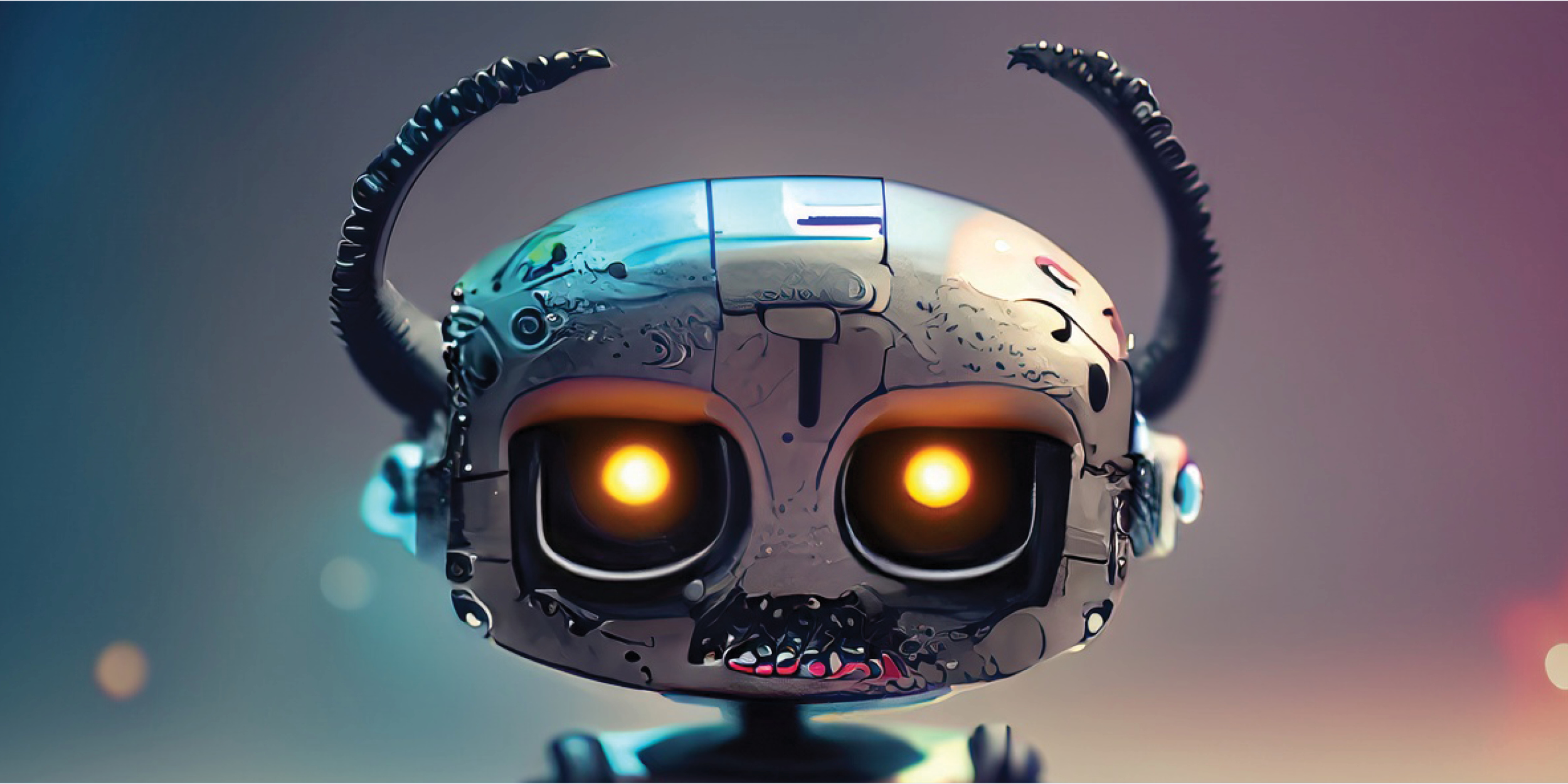
I hope your mind has started to consider some of the drawbacks of this technology, even though it can do some pretty amazing things. Honestly, the aspect of AI that I think about the most is dark, and it’s ugly, and it’s already happening.
When most people think about what we should be afraid of with AI, the Terminator maybe comes to mind. Now, these scenarios of robots taking over maybe could be a possibility. I’m not really counting on it though, and I’m not all that worried about that (although I have to admit there is a small part of me that is a little worried, lol). I’m more worried about how humans use the technology. AI, with all its wonders and magic, can be used by evil people to do truly evil things. Now this is the case with every new technology that has ever come about. A key difference with AI, however, is its access to anyone and everyone, and its ease of use. ANYONE can take ANYONE and make them do ANYTHING. I can take a photo, make it talk in that person’s voice, animate it to move, and put it in a specific location pretty seamlessly and easily.
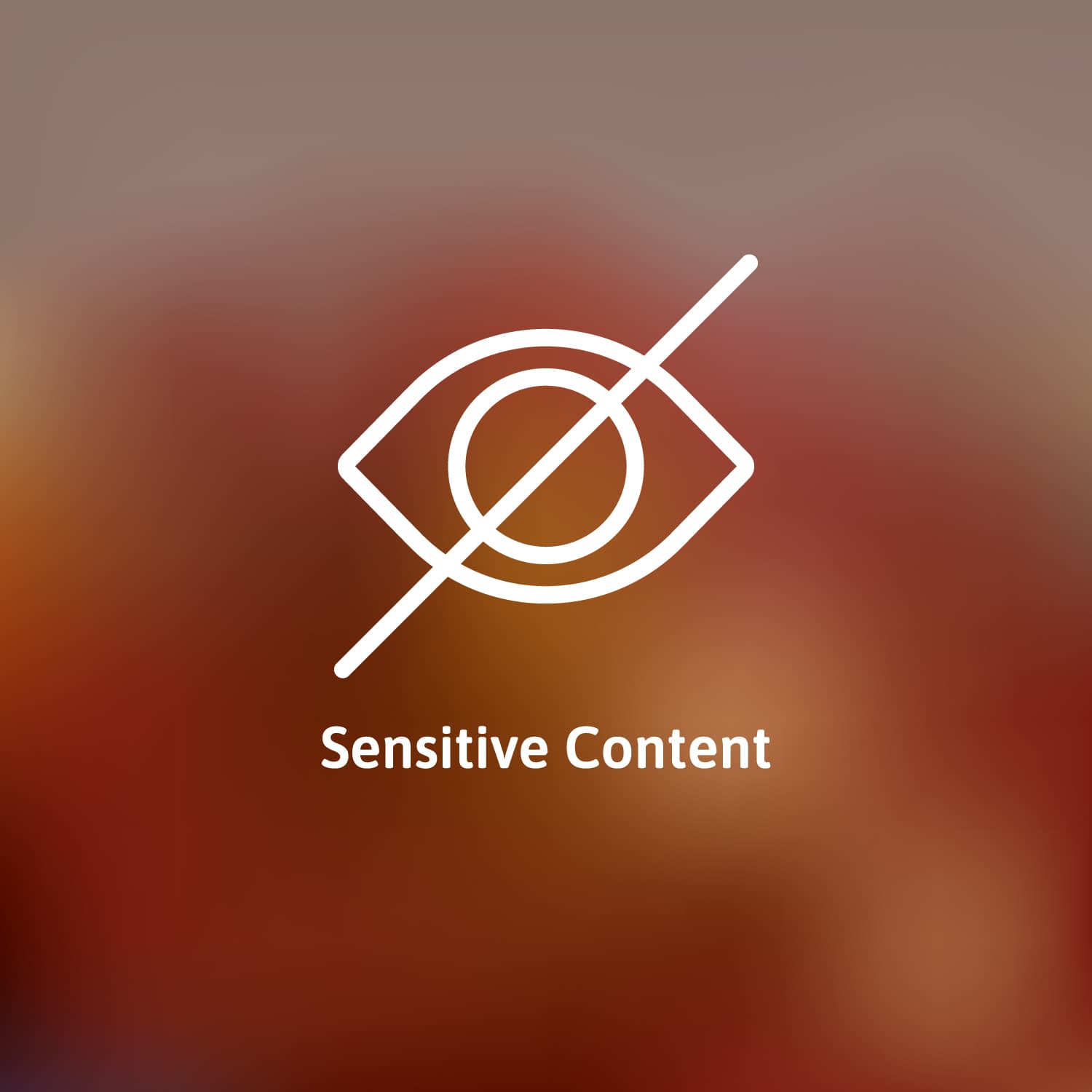
These new technologies allow us to create some truly evil things. We have a duty and responsibility to use these tools responsibly.
There are already numerous instances of deepfakes going around the internet. This can range from making someone say things they never said and do things they never did. Some influencers’ lives have been drastically changed by followers uploading photos and videos of them to deepfake adult video sites. People can easily manipulate anyone to look like they really were the one who created the video or photo.
Deepfakes have been around for a long time now; however, it used to be way more difficult and take way more time to actually create something that is realistic. But now it can be done in minutes, and look way more realistic than it used to. Unfortunately, once any of these deep fakes are out on the internet, it is basically impossible for it to ever fully disappear.
AI doesn’t have morality, and it has been shown to be incredibly easy to get around so-called, “morality blockers” that are coded into AI software. As soon as we find a way to block AI from allowing something we don’t want, someone finds a new workaround to get past it (such as people implementing a “DAN (Do Anything Now)” system into ChatGPT to get around its regulated systems).
Identity scams are also a huge problem that we need to be aware of. Someone can take your likeness from a three-second voice recording and then call your family, telling them you need money.
Fake news has been a buzz term the last few years, but think about how easily things can be manipulated now. It is truly difficult to believe anything you see and even hear now. Anyone with an agenda can do anything that they want to do. Sometimes the information the AI grabs and uses can also just be flat out wrong.
It is incredibly important to use wisdom and to triple check everything you see and hear now. This video goes over some of the significant dangers of AI. It’s long, but it’s important to be aware of what AI creators are talking about, and how they think we need to use this new technology responsibly. For the voice scam example, go to about 23:30 in the video.
Now What?
I don’t mean to be all doom and gloom. In truth, I am really excited about AI and its capabilities. This is the stuff from Sci Fi books and movies, and AI can drastically improve and help the creative process. We are living in the future right now!
So what do we do with all of this information? There is so much going on with AI, it’s hard to keep up with it. But as creatives, we have a responsibility to do so. The phrase, “The pen is mightier than the sword” has never in history been more true. Art has always had a lot of influence: Renaissance art made statements about the times (paintings making fun of kings), communist Russia used art as propaganda (the fist hands), America used art to encourage enlistment (we need you), and so on.
In college, during a Photoshop class, we were told that as creatives we have a lot of responsibility and that we needed to use it wisely and well. This was in reference to our ability to manipulate and create things that could potentially be problematic. This instruction is even more true today. It is our job as artists to not only utilize this new technology to improve our craft, but to utilize it responsibly. But make sure to utilize it, because I guarantee your competition is. Staying in touch with innovations has always been a part of the creative path, but now it’s more important than ever.
But the final point that I want to make is don’t forget to NOT use AI as well. It is still important to learn the skills and lessons of art. Know the rules of art, and know when to break them. Know the tips and tricks of our softwares. We will become better at using AI in our art if we ourselves fully understand what good art is. AI will benefit us even more if we can take the work produced and then use our own skills and creativity to expound on it. I have been able to create good results from AI because, in a lot of ways, I could have made the result myself.
Don’t forget to challenge your own mind and skills rather than just letting AI do it all for you. As humans I think we NEED to create. If we let robots do all the creating for us, we will probably go mad. Art is an expression of ourselves and our souls. It’s built into us to create. So go create!

David Merkley
Heavy metal, rock and roll or Beethoven? If it makes him whistle or crowd surf, David’s into it. Put his music on shuffle to get a feel for his eclectic tastes in art, design – and music too.
